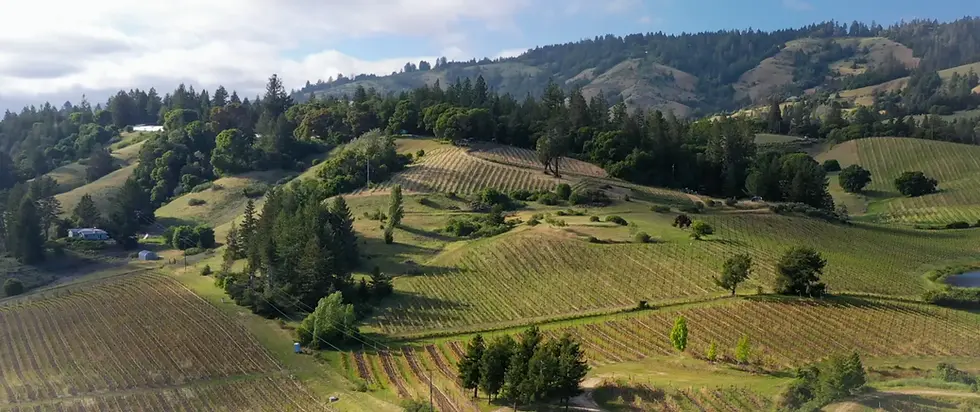Mendocino Gold: A Legacy Rich Beyond Measure
- Cucina Verona
- Apr 1, 2024
- 3 min read

In the mid-19th century, the California Gold Rush transformed the landscape and destiny of Mendocino County and beyond, imbued with a wealth not just of precious metal but of human endeavor, aspiration, and ambition. It was a time when the promise of unlimited riches drew over 300,000 people to California, dramatically altering the demographic and economic fabric of the region.
The catalyst for this seismic shift was the discovery of gold at Sutter's Mill in early 1848, a revelation that by March 15 of the same year found its way into the pages of The Californian, igniting gold fever across the nation and the world. San Francisco, a modest settlement of fewer than 1,000 souls before the discovery, burgeoned into a teeming city of over 36,000 by 1850, the year California was welcomed into the Union. This population explosion was mirrored across the state, as fortune hunters and their families arrived in droves, each with dreams of striking it rich.
The journey to the goldfields was imbued with a sense of adventure and mystique, epitomized by the phrase "to see the elephant." This quirky expression captured the boundless optimism and circus-like atmosphere of the Gold Rush, though for many, the quest ended not with wealth but with disillusionment. Tales of a hapless farmer, bedazzled by a circus elephant only to have his livelihood wrecked by the chaos that ensued, served as a poignant metaphor for the experience of countless miners who returned home with little more than tales of hard luck.
James Marshall and John Sutter, linked forever with the discovery that sparked the gold frenzy, themselves embodied the tragic irony of the Gold Rush. Despite their pivotal role in shaping California's destiny, both men died destitute, their dreams dashed by the very rush they had initiated. Sutter, in particular, saw his empire crumble as his workers deserted him, squatters decimated his land, and legal battles stripped him of his holdings. He lamented, "By this sudden discovery of the gold, all my great plans were destroyed".
Yet, as individuals and families from across the globe poured into California, their needs fueled a boom in demand for goods and services. San Francisco blossomed as a hub of commerce, where entrepreneurs like Sam Brannan amassed fortunes not from gold but from selling the essentials the miners needed to survive and seek their fortunes. Brannan's shrewd business acumen represents another facet of the Gold Rush legacy, illustrating how the dreams of wealth were realized in diverse and unexpected ways.
Among the myriad consequences of the Gold Rush was the acceleration of the timber industry, particularly in regions like Mendocino County. The forests of Northern California, abundant in redwoods, became the source of lumber for the burgeoning cities and boomtowns. As San Francisco and other settlements expanded, Mendocino's sawmills supplied the raw materials that helped build the infrastructure of a modernizing state.
The story of the California Gold Rush is a tapestry of human ambition, resilience, and transformation. It is a chapter in Mendocino County's history that underscores the region's enduring legacy as a crucible of economic and cultural evolution. The legacy of "Mendocino Gold" transcends the lustrous allure of the precious metal; it is a testament to the indomitable spirit of those who sought to forge their destinies in the rugged and bountiful landscapes of Northern California.
From the gold rush adventurers to the timber industry pioneers who followed, Mendocino has always been a place of new beginnings and vibrant community life. Today, we celebrate this legacy at Cucina Verona, where every plate served is a nod to the rich cultural heritage and bountiful produce of Mendocino. We invite you to join us at Cucina Verona for an unforgettable dining experience that pays homage to the spirit of adventure and the warm, welcoming community that Mendocino County is known for.


